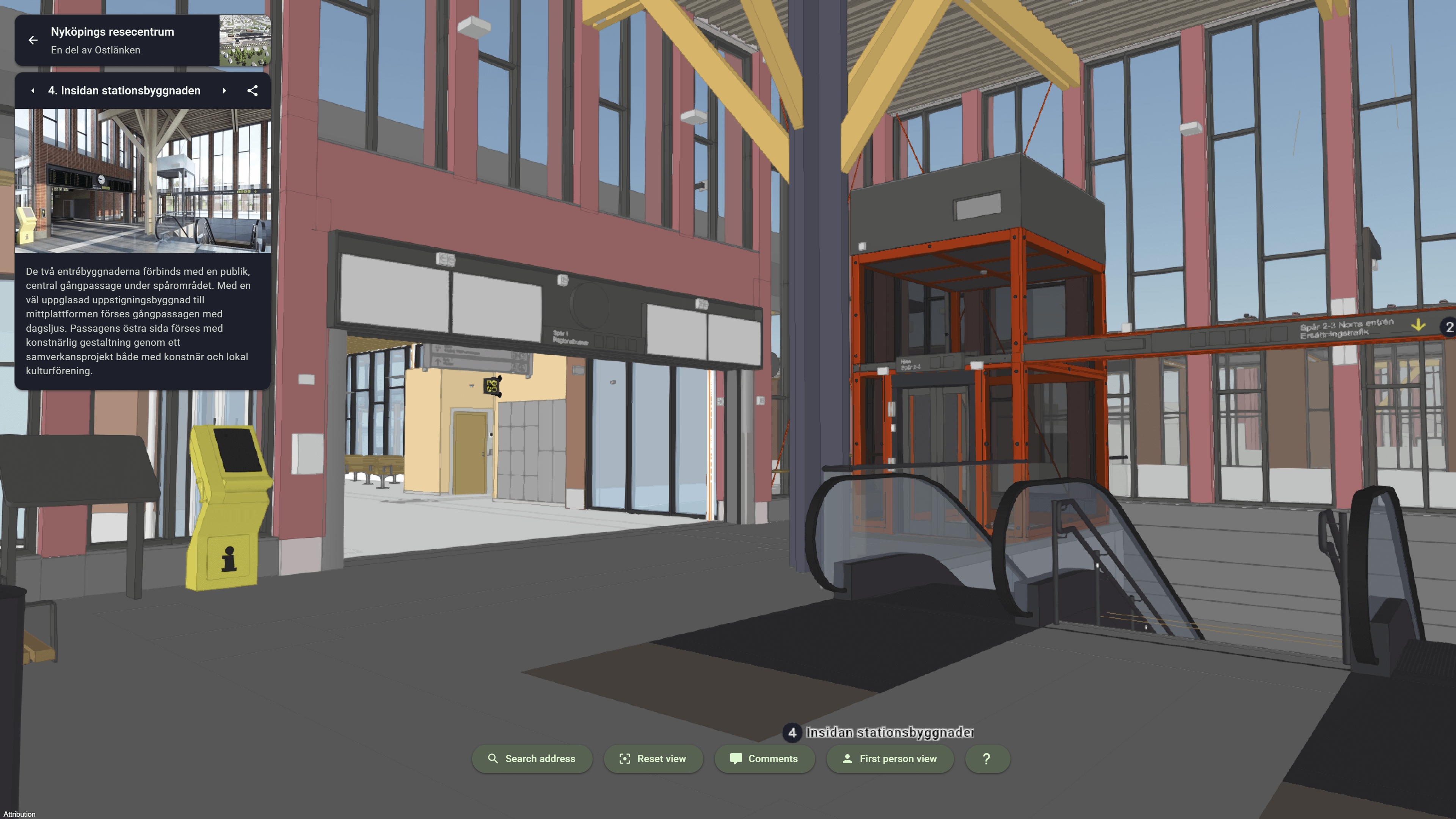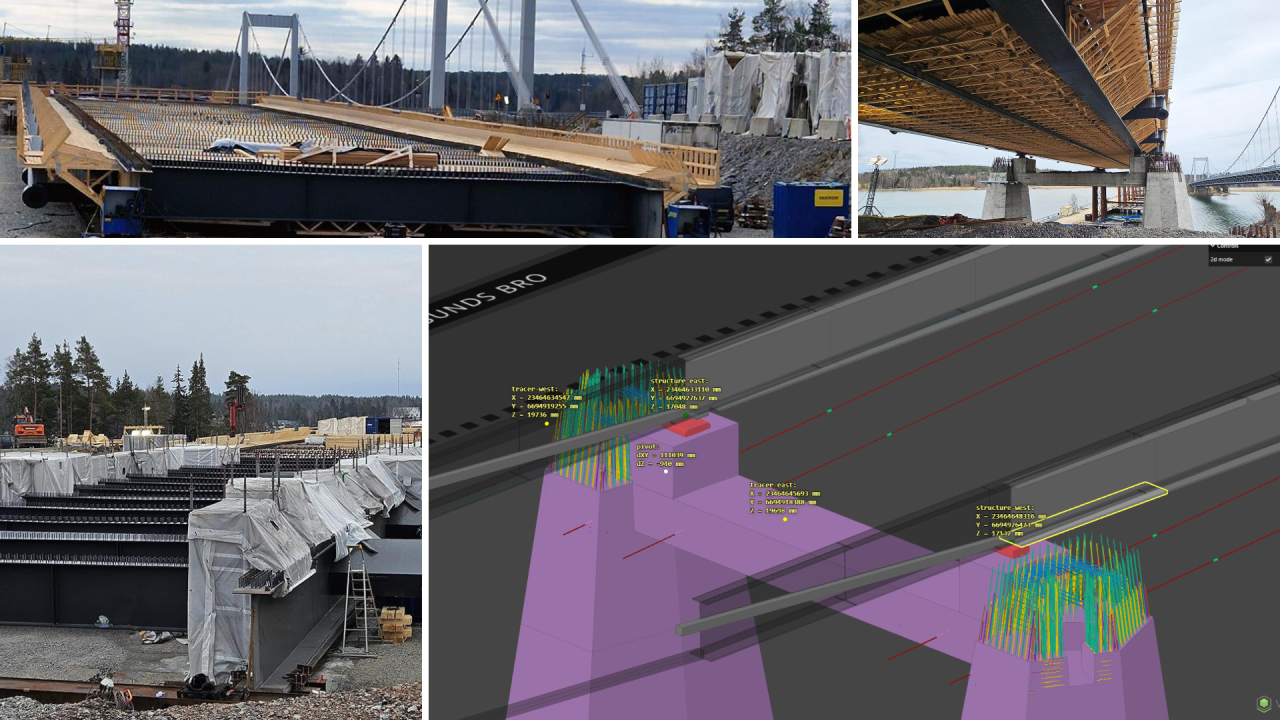LAVIS 2.0 Research Project

A Unified Platform Redefines Infrastructure Projects – Visualization, Collaboration, and Efficiency
25.1.2025
Sweden’s research institute RISE, in collaboration with the Swedish Transport Administration (Trafikverket) and Vektor.io, worked on the LAVIS 2.0 research project—an initiative funded by Trafikverket’s Research and Innovation portfolio Bygga. The project explored how a single integrated platform can streamline the visualization and management of infrastructure projects, paving the way for more efficient workflows.
Managing infrastructure projects often means grappling with complexity: vast datasets, multiple stakeholders, and demanding timelines. The LAVIS 2.0 project addressed these challenges by investigating how BIM (Building Information Modeling) and GIS (Geographic Information Systems) data could be combined on a unified platform to enhance project visualization and communication.
The Vektor.io platform, as an experimentation tool in the project, was selected for its ability to address multiple use cases and support rapid prototyping. Prototypes were developed and tested across five phases, with input from a wide range of user groups, including municipal authorities, technical experts, and citizens.
From Use Cases to Practical Solutions
Throughout the project, 77 use cases were identified and categorized into 12 themes, such as citizen dialogue and co-planning. By focusing on user-centric development, the project ensured that its solutions addressed real-world challenges. These efforts provide a valuable foundation for more integrated and efficient practices in infrastructure project management.
Enhancing Collaboration and Communication
One of the project’s key findings was the transformative role of visualization in improving collaboration and communication among stakeholders. Tools for citizen dialogue and co-design emerged as critical strengths, offering tailored solutions that meet the needs of municipalities, government bodies, and citizens alike.
Creating a Blueprint for Future Projects
The project’s final report provides actionable recommendations for interface design, the integration of technological solutions, and the further development of user-focused visualization tools. By partially automating visualization processes and integrating diverse data sources, infrastructure projects can become more transparent and manageable.
The outcomes of LAVIS 2.0 also inspired the development of Vektor.io Public, a platform designed to enhance stakeholder communication. This highlights the broader applicability of the project’s results, benefitting not only Trafikverket but the entire infrastructure sector.
LAVIS 2.0 represents a step toward a future where infrastructure projects are holistically managed, visually transparent, and efficiently executed. As technology advances, the role of research becomes even more critical in guiding the development of innovative infrastructure solutions.
For more information about the project and its findings, visit RISE’s website. The final project report is also available in Swedish: LAVIS 2.0 Final Report.

